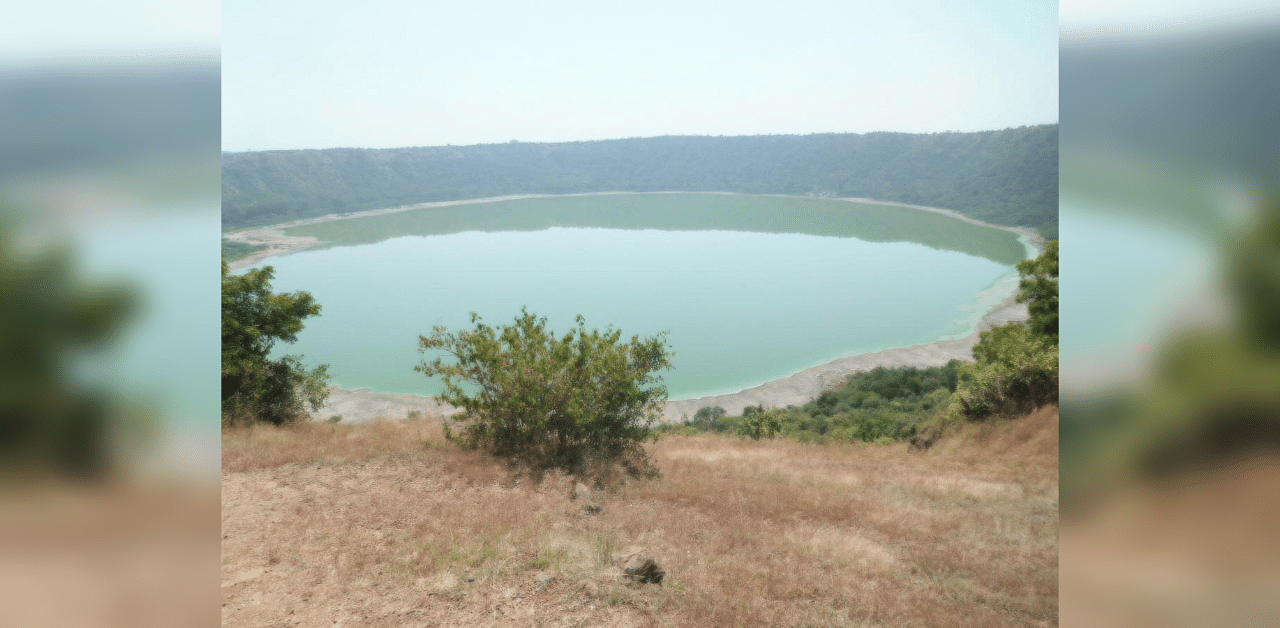
The Lonar Lake in Buldhana district of Maharashtra has been added to the list of Ramsar sites in India.
Already designated as a national geo-heritage site, the tag of Ramsar Site would go a long way in the conservation of Lonar Lake or the Lonar Crater.
The crater-lake was formed nearly 52,000 years ago when a meteorite slammed the Deccan Plateau. The meteorite weighed two million tonnes and was travelling at an estimated speed of 90,000 kmph. It created a hole which was 150 m deep and 1.8 km wide!
Scientists believe that the energy released during this event was equivalent to a six-megaton atom bomb explosion.
The collision led to the formation of one of the largest, most unique basalt impact craters in the world. It has a mean diameter of 1.2 km and is about 137 m below the crater rim. The meteor crater rim is about 1.8 km in diameter.
According to the Ramsar Convention, India has added two more sites in the ‘List of Wetlands of International Importance’ – the Sur Sarovar or Keetham Lake which is a human-made reservoir in Uttar Pradesh and Lonar Lake.
The Lonar site includes the lake as well as escarpments, which form the crater walls, and forested zones. The lake is high in salinity and alkalinity, as the lack of an outflow leads to a concentration of minerals as the lake water evaporates. Specialized micro-organisms such as anaerobes, cyanobacteria, and phytoplankton survive in this harsh chemical environment.
Outside the lake, there is considerable diversity of plant and animal life, like springs which help feed the lake provide a source of fresh water. Inhabiting the Site are 160 species of birds including the vulnerable Asian woolly-neck (Ciconia episcopus) and common pochard (Aythya ferina), 46 species of reptiles, and 12 species of mammals including the iconic grey wolf (Canis lupus).
Both these sites are both threatened by household sewage and urban wastewater and by unsustainable tourism.
The Smithsonian Institution, the United States Geological Survey, Geological Survey of India, the University of Sagar, and the Physical Research Laboratory have conducted extensive studies of the Lonar site. Biological nitrogen fixation was discovered in this lake in 2007. A 2019 study, conducted by IIT Bombay found that the minerals, in the lake soil, are very similar to the minerals found in moon rocks brought back during the Apollo programme.